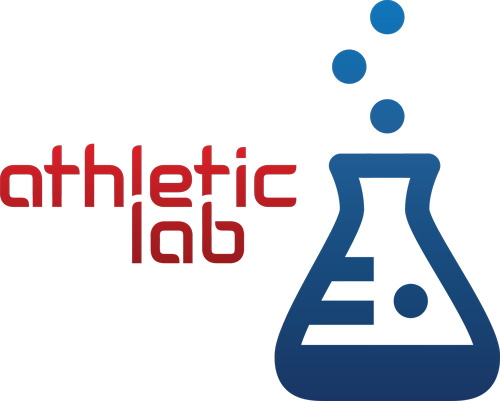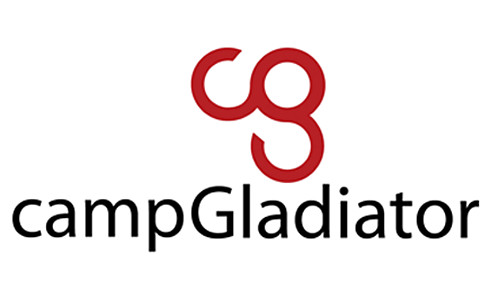“Never squat with your knees over your toes” is one of those mainstays of exercise that you have probably heard, or even repeated many times. It’s most commonly a “tried and true” rule for squatting but has been adapted to suit many different exercises involving the knee. Anytime we find ourselves in a position to bend our knees while weight bearing we are reminded to keep them behind our toes. But this old adage has significant limitations when it comes to the most effective and efficient squats and can even limit tendon force production and tolerance of the knee cap. So how did this myth begin, what is the truth, and what can we move past?
This myth appears to have started with well meaning trainers and therapists. Keeping your knees behind your toes is a way to quickly and simply correct a common movement error in squatting. This rule started as a quick fix that avoided pain and limited knee compression but was then developed into the “golden rule”. However it misses the mark in that it corrects for the wrong joint movement. When we see poor squatting form, the movement starts at the ankles. Typically the athlete shifts forward at the ankle and foot, causing the knee to hinge forward as well. Squatting in this way, with the ankles forcing the knees out over the toes at the beginning of movement does create greater shear forces at the knee, and has an associated injury risk.
The more correct way to squat requires athletes to move from the hips first, pivoting and shifting back as the knees bend. The knees still come forward, but they are counterbalanced by the bodyweight staying behind the axis of movement. A trained athlete at bottom of their squat has their knees pushed out over the toes. However, full hip flexion and ankle dorsiflexion have allowed their center of mass to stay relatively far back in the squat; keeping the shear forces off of the patella. Evidence has shown us that, for athletes trained in squatting technique, the bottom range of a deep squat is safe, further in order for safe form to be maintained the knees have to push over the toes.
This rule has spread throughout many aspects of strength and flexibility training, and has fairly limiting effects. We have been trained to fear any forces over our knees as the harbinger of injury and dysfunction. We avoid any shear and compression when training, and then attempt to perform activities that require the knee to withstand those very same forces. Injury comes from overloading the knee past its capabilities. As such it is more beneficial to safely allow the joint to adapt to the imposed forces, especially if biomechanics demand the knee travels forward. If the movement does not provoke pain, either during the exercise itself or after, then it is relatively safe. Instead of focusing on one aspect of your movement, focus on moving the correct joints first and through their full range. Hip and ankle mobility will go a much longer way to protecting your knees than always keeping them behind your toes.
*This article is written from a knee over toes perspective; this does not apply to poor form and technique that allows the knee to drift inside or outside of the knee. *
About the Author
Suzanne Blakeney graduated from James Madison University with a B.S. in Kinesiology/Exercise Science in 2008. She earned her doctorate in Physical Therapy at Shenandoah University in 2012, which included clinical work in the sports therapy departments of the Lewis Gale Medical Center in Roanoke, Virginia, and Wake Forest Baptist Medical Center in Winston-Salem, North Carolina. Suzanne has earned her Strength and Conditioning Specialist certification from the NSCA as well as certifications in Functional Movement Screening (FMS), ImPact concussion testing and rehabilitation and Dry Needling.
Prior to joining Raleigh Orthopaedic Clinic in 2013, Suzanne began specializing in Sports Medicine as well as Neuro-Vestibular rehabilitation. Her early work with Raleigh Orthopaedic allowed her to focus on general outpatient orthopedics and sports rehab. Her work with Raleigh Orthopedic Performance Center gives her the opportunity to use her sports rehabilitation and training expertise with a wide range of active individuals. She has special interests in running, swimming, soccer, and hip injuries and has treated clientele for both chronic and acute injuries related to everyday life and sports.









